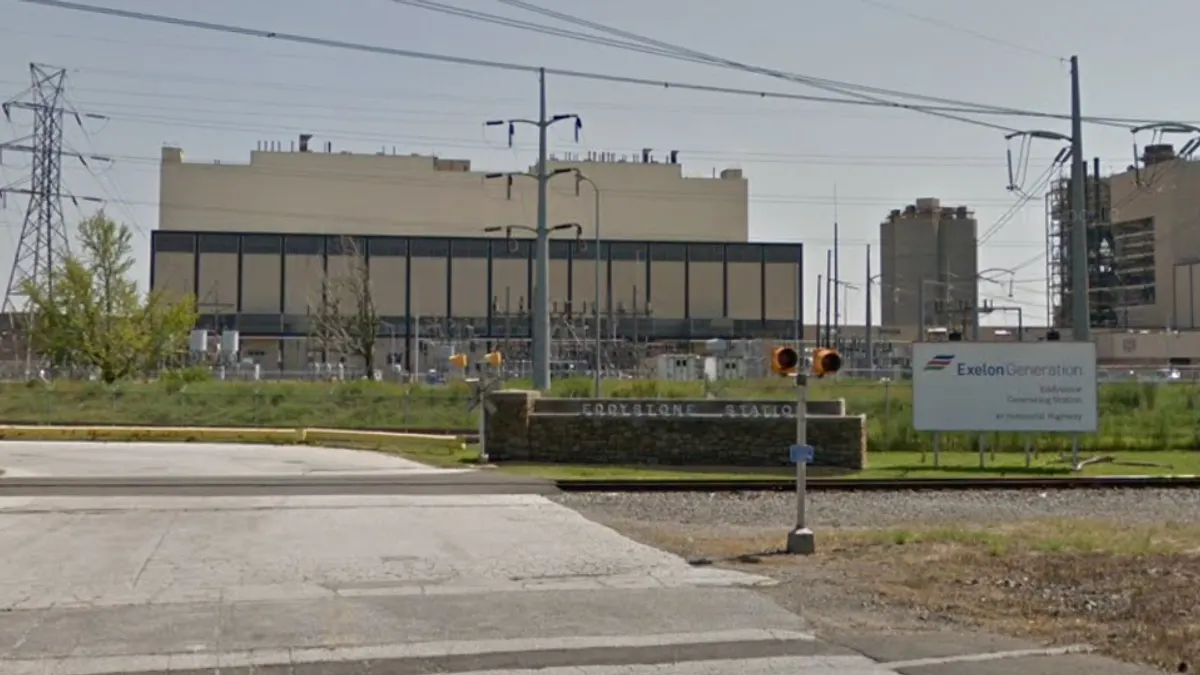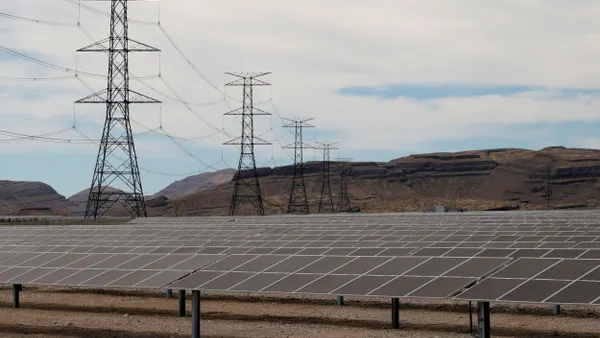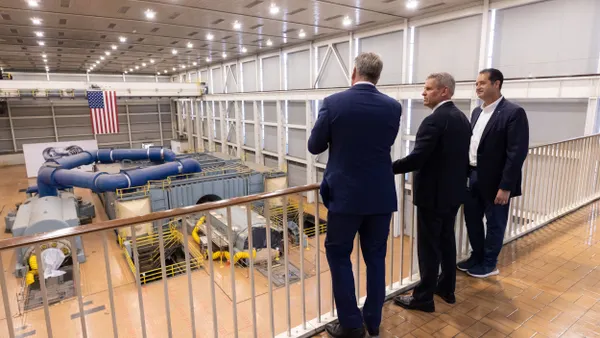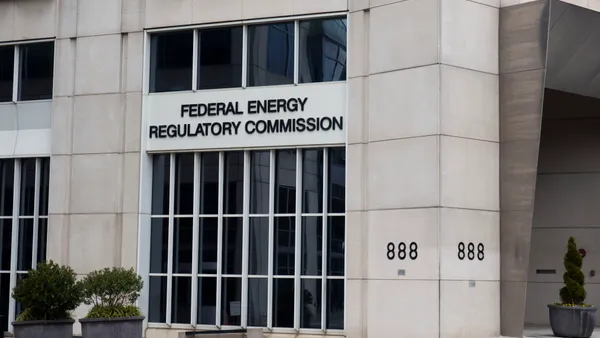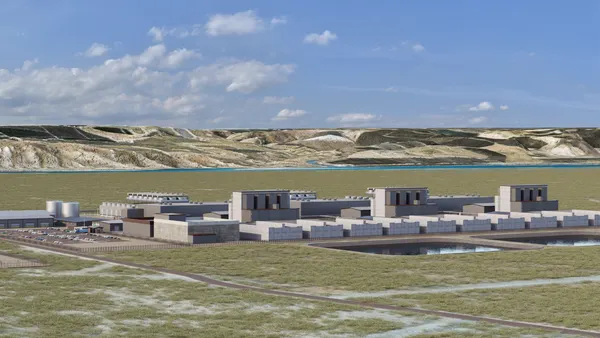Dive Brief:
-
Oklahoma Gas and Electric is proposing changes in its rate structure, including implementing a mandatory demand charge, the Associated Press reports.
-
In a case now before the Oklahoma Corporation Commission, OG&E proposed moving toward a three-part bill that would capture fixed, demand and energy charges.
-
OG&E said the charges would be better way to manage the changes in technology now available to residential customers, such as distributed energy resources.
Dive Insight:
OG&E is moving ahead with plans to change its rate structure in anticipation of strong growth in distributed energy resources in its service territory.
The utility in March said it was preparing for rapid growth in rooftop solar installations and wanted to avoid cross subsidies. Currently OG&E has about 350 rooftop solar customers in its service territory of 800,000.
The utility wants to double the monthly customer service charge and put in place a separate demand charge that it says would better capture a customer's peak demand costs on the grid. Those charges would be paired with lower electricity prices. Currently, most residential bills are split into a monthly customer charge and a variable energy charge that depends on electricity consumption. If fully implemented, OG&E's plan could hike residential bills by $7.22 per month.
In April, the Oklahoma Corporation Commission (OCC) voted down an OG&E plan that would have changed the way the utility calculates the bills for rooftop solar users. The commission directed the utility to fully explore the issue in its pending rate case.
The rate case has drawn criticism from several parties, including Oklahoma Attorney General Scott Pruitt, AARP Oklahoma, OCC’s public utility division, the Oklahoma Sustainability Network, and The Alliance for Solar Choice.
"No state in the nation has allowed an electric utility to impose mandatory demand charges on residential customers — and for good reason — and we don't want Oklahoma to be the first," Sean Voskuhl, AARP Oklahoma's director, told the Associated Press.
Testimony in the rate case is expected to last several weeks.





